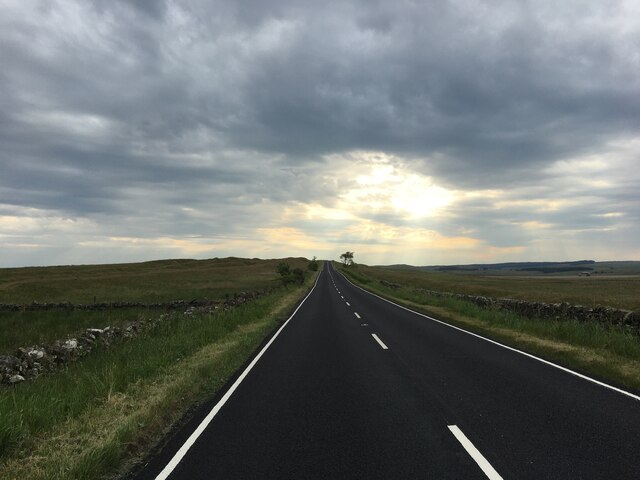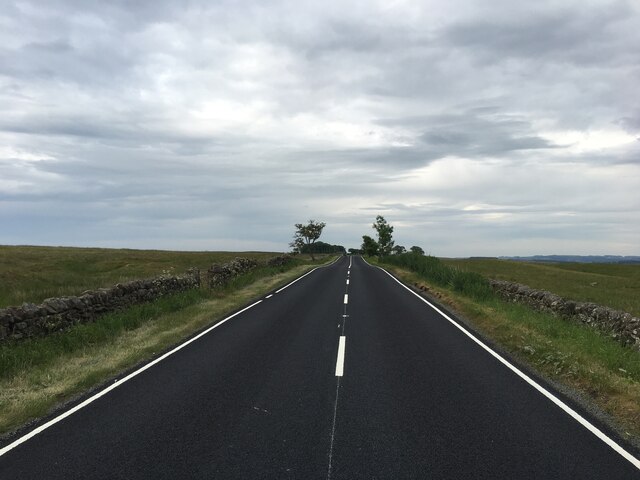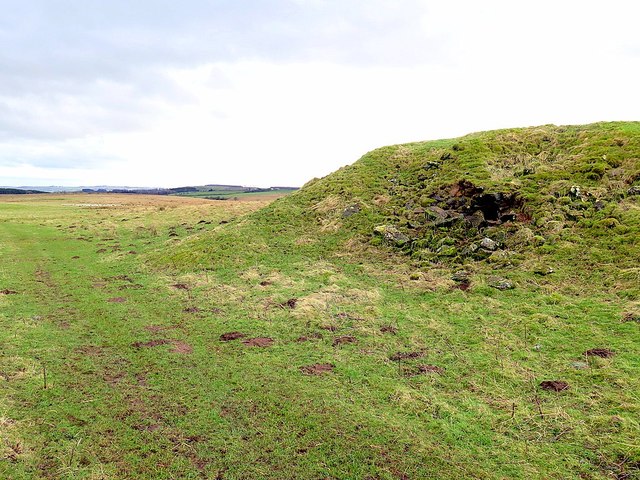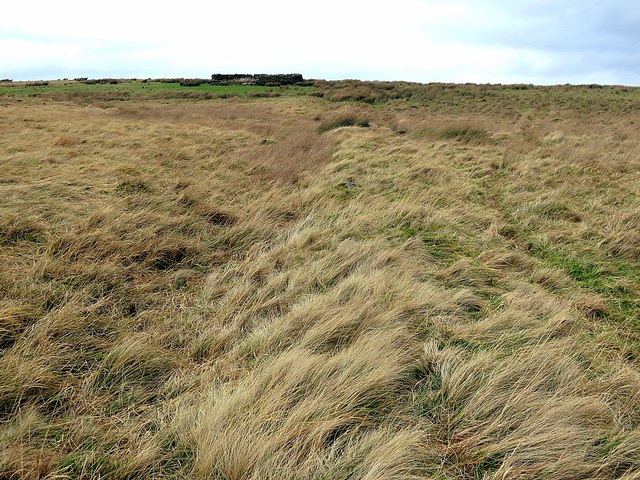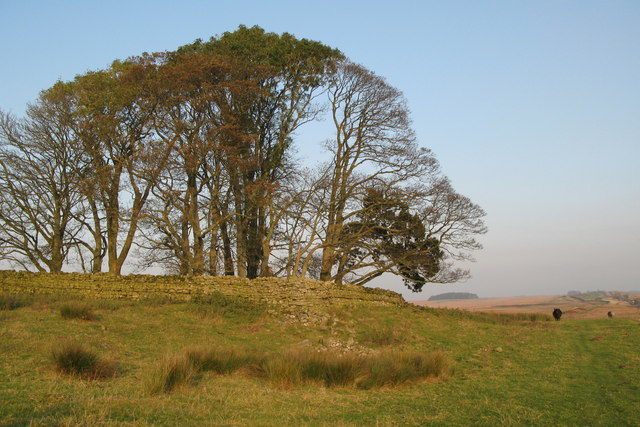Banno Crags
Hill, Mountain in Northumberland
England
Banno Crags

Banno Crags is a prominent hill located in the county of Northumberland, England. Situated in the northern part of the county, it forms part of the picturesque North Pennines Area of Outstanding Natural Beauty. Rising to an elevation of approximately 440 meters (1,444 feet), Banno Crags offers stunning panoramic views of the surrounding countryside.
The hill is predominantly composed of limestone, which has been shaped by erosion to create distinctive craggy formations along its slopes. These crags are a popular attraction for rock climbers and hikers, providing opportunities for both recreational activities and a chance to admire the unique geological features.
Banno Crags is also known for its rich biodiversity. The hill is covered in a variety of vegetation, including heather, grasses, and wildflowers, which provide a habitat for various species of birds, insects, and small mammals. The area is particularly renowned for its birdlife, with species such as peregrine falcons and kestrels often spotted soaring above the crags.
For outdoor enthusiasts, Banno Crags offers a range of activities. The hill is crisscrossed by a network of footpaths and trails, allowing visitors to explore its slopes and enjoy the stunning natural scenery. Additionally, the surrounding area offers opportunities for mountain biking, horse riding, and birdwatching.
Overall, Banno Crags is a captivating natural landmark that showcases the beauty of Northumberland's countryside. Whether one is seeking adventure, tranquility, or simply a chance to connect with nature, this hill provides an ideal setting for all.
If you have any feedback on the listing, please let us know in the comments section below.
Banno Crags Images
Images are sourced within 2km of 55.043811/-2.2684963 or Grid Reference NY8272. Thanks to Geograph Open Source API. All images are credited.


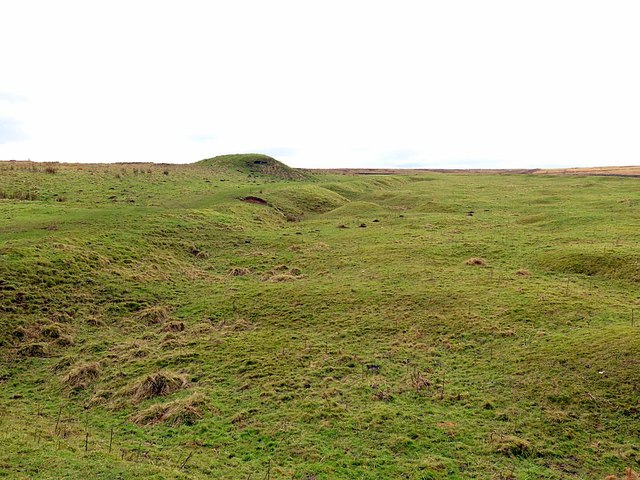


Banno Crags is located at Grid Ref: NY8272 (Lat: 55.043811, Lng: -2.2684963)
Unitary Authority: Northumberland
Police Authority: Northumbria
What 3 Words
///rocky.beads.upwards. Near Birtley, Northumberland
Nearby Locations
Related Wikis
Milecastle 33
Milecastle 33 (Shield on the Wall) was a milecastle of the Roman Hadrian's Wall, one of a series of small fortlets built at intervals of approximately...
Halleypike Lough
Halleypike Lough is an inland lake on Haughton Common at the southern edge of Northumberland National Park, northeast of Bardon Mill, and 1 mile (1.6 km...
Milecastle 32
Milecastle 32 (Carraw) was a milecastle of the Roman Hadrian's Wall. Its remains exist as earthworks and with no exposed masonry. The layout of the milecastle...
Milecastle 34
Milecastle 34 (Grindon) was a milecastle of the Roman Hadrian's Wall. There are no visible remains, but the site is within a small, tree-filled, walled...
Greenhaugh
Greenhaugh is a small village in Northumberland, England. It is located northwest of Bellingham and borders the Northumberland National Park. It is in...
The Goatstones
The Goatstones is a Bronze-Age four-poster stone circle located near Ravensheugh Crags in Northumberland, England. It is 2.5 miles (4.0 km) to the north...
Milecastle 31
Milecastle 31 (Carrawburgh) was a milecastle of the Roman Hadrian's Wall. Its remains exist as a turf covered platform beside (and partially covered by...
Carrawburgh
Carrawburgh is a settlement in Northumberland. In Roman times, it was the site of a 3+1⁄2-acre (1.5 ha) auxiliary fort on Hadrian's Wall called Brocolitia...
Have you been to Banno Crags?
Leave your review of Banno Crags below (or comments, questions and feedback).

